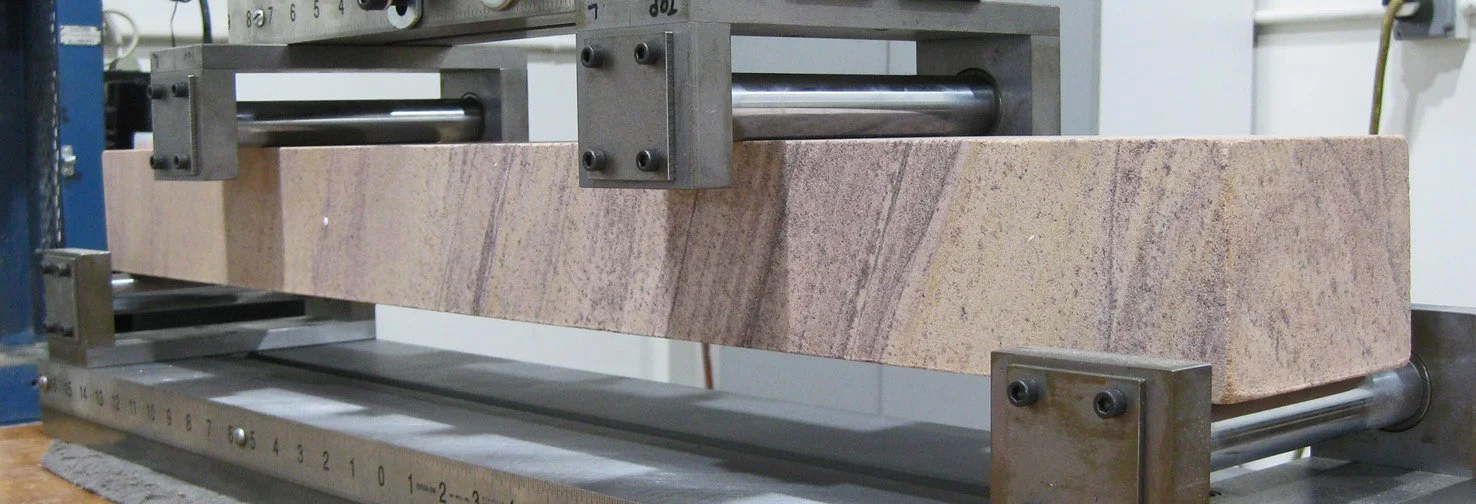Highbridge brings laboratory expertise to historical and modern masonry and concrete investigations.
-
Our staff specializes in petrography and chemical analysis of concrete, mortar, building stone and associated materials. We also perform a wide variety of specialty tests focused on mechanical and hygrothermal properties, and durability assessment.
-
Analytical support for
Building envelope studies
Historic preservation work
Existing condition surveys
Failure analysis
Hygrothermal assessments
Featured topics
-

Historical mortar analysis
Highbridge is perhaps best known for our expertise in historical mortars. Our analysis identifies original materials, estimates proportions, and assesses performance characteristics.
-

Building stone evaluation
Laboratory testing can measure performance characteristics and durability of existing stone or new production material.
-

Freeze-thaw testing
Standardized and custom tests to evaluate the performance of stone, concrete, cast stone, brick, and more.
-

Concrete petrography
Petrographers use microscopy to understand concrete performance, deterioration, and durability.
-

Masonry performance
Tailor-made testing programs to support on-site masonry investigations.
-
Highbridge as a classroom
Hosting students and professional alike to help demystify materials science.







